- Home
- Lubrication
- Lubricant Pumps
.....Read More
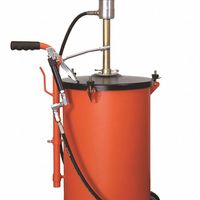
Air-Operated Grease Dispensing Pumps
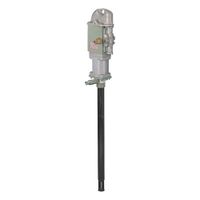
Air-Operated Grease Transfer Pumps
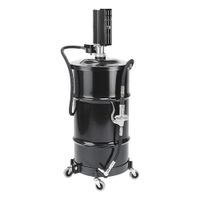
Air-Operated Oil Dispensing Pumps
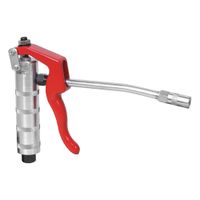
Dispensing Guns for Grease Transfer Pumps

Dispensing Guns for Oil Dispensing Pumps

Electric-Operated Oil Dispensing Pumps
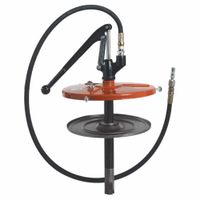
Hand & Foot-Operated Grease Dispensing Pumps
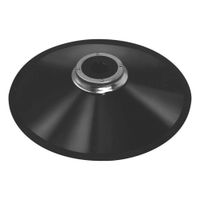
Repair Kits & Parts for Grease Transfer Pumps
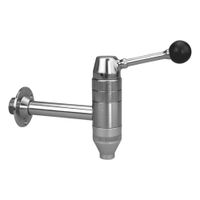
Repair Kits & Parts for Oil Pumps
Frequently Asked Questions
What are the different types of lubricant pumps?
How do air-operated lubricant pumps work?
What are the advantages of using electric-operated lubricant pumps?
How do you maintain a lubricant pump?
What is the difference between manual and air-operated grease pumps?
How do you choose the right lubricant pump for your needs?
What are common issues with lubricant pumps and how can they be fixed?
How do you install a lubricant pump?
What safety precautions should be taken when using lubricant pumps?
How do dispensing guns work with lubricant pumps?